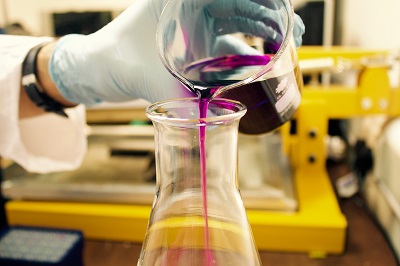In Singapore, medical devices are classified into four classes (A, B, C, D) based on their risk level. Class C medical devices are considered medium- to high-risk products and typically require more stringent regulatory oversight than Class A and B devices. These devices are associated with a higher potential risk to patient health and safety due to factors like their intended use, duration of use, or the critical nature of their function.
Key Characteristics of Class C Medical Devices:
- Typically include devices that support or sustain life, prevent impairment of health, or require clinical data to demonstrate safety and effectiveness.
- May include devices such as diagnostic tests, implantable devices, or devices intended for long-term use.
Requirements for Class C Registration:
For Class C devices, the registration process with the Singapore Health Sciences Authority (HSA) involves providing comprehensive evidence regarding the device’s safety, quality, and performance.
Steps to Apply for Class C Medical Device Registration with Singapore HSA:
Classification Determination:
- Confirm that your device falls under Class C based on the classification rules in the Singapore Medical Device Regulations (MDR). The classification is determined by factors like the intended use, duration of contact with the body, and invasiveness.
Appoint a Local Authorized Representative (LAR):
- If you are a foreign manufacturer, you must appoint a Local Authorized Representative (LAR) in Singapore. The LAR is responsible for submitting the registration and communicating with HSA on your behalf.
Prepare Required Documentation: You need to prepare and submit several key documents to HSA, including:
- Device Description: Provide detailed information on the device, its intended use, technical specifications, and materials.
- Manufacturer Information: Include the name, address, and contact details of the manufacturer. If the manufacturer is foreign, the LAR’s contact information should be included.
- Risk Management: You need to submit a risk management report based on ISO 14971, detailing the risks associated with the device and how they are mitigated.
- Clinical Evidence: Clinical data is often required to demonstrate the safety and effectiveness of the device. This could include clinical trials, literature reviews, or equivalence data from similar devices.
- Quality Management System (QMS): Evidence that the manufacturer complies with relevant quality standards, such as ISO 13485 or Good Manufacturing Practice (GMP).
- Labelling and Instructions for Use: The device’s labeling and user instructions must be in accordance with HSA's requirements.
- Declaration of Conformity: A formal statement from the manufacturer confirming that the device complies with relevant regulatory standards, such as the Medical Device Directive (MDD) or other applicable international standards.
Submit the Application:
- Create an account and submit the application through the HSA’s online submission system, specifically the Medical Device Branch portal.
- Complete the online application form and upload the prepared documents. There are associated fees that need to be paid at the time of submission.
HSA Review and Evaluation:
- HSA will assess the application and documentation. This process may include a review of clinical data, risk assessments, and possibly an on-site inspection of the manufacturing facilities.
- If there are any issues or additional information is needed, HSA will request further clarifications or supporting documents.
Approval and Issuance of Registration:
- Once HSA is satisfied with the submitted information, it will approve the registration of the medical device. The device will then be registered for a period of 5 years, after which it will need to be re-registered.
Post-Market Surveillance:
- After the device is registered, you must comply with ongoing regulatory requirements, such as reporting adverse events, updating device information, and conducting post-market surveillance.
Key Considerations for Class C Devices:
- The submission process for Class C devices is more rigorous and can take longer than for Class A or B devices due to the need for clinical data and more detailed documentation.
- It's essential to maintain up-to-date quality management and clinical evaluation records for regulatory compliance.
- You may need to work closely with a local agent or consultant who understands the regulatory requirements in Singapore.
If you need more specific details on any part of the process, feel free to ask!

Whatsapp or Wechat:+86 15816864648;email address:hito.lin@grzan.cn
.png)
.jpg)
.png)

.png)